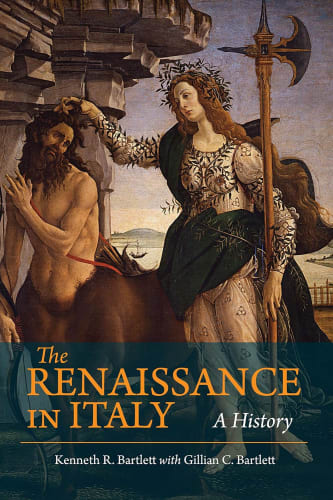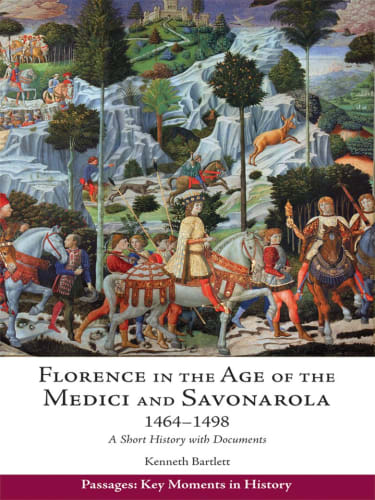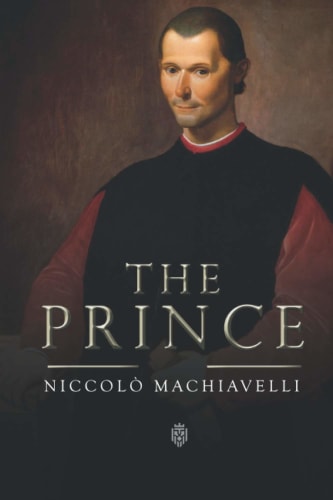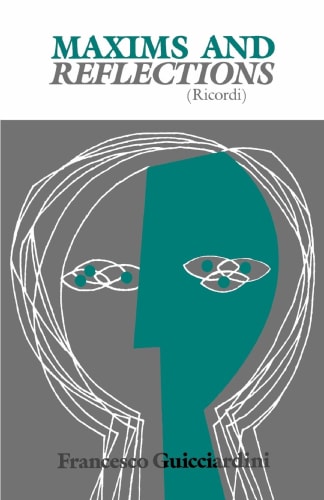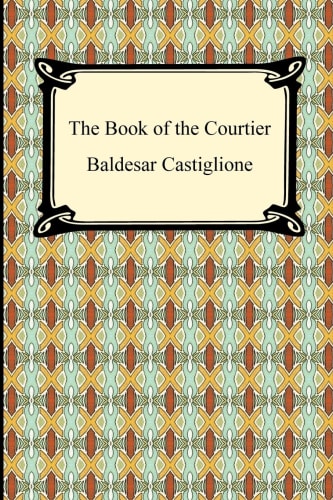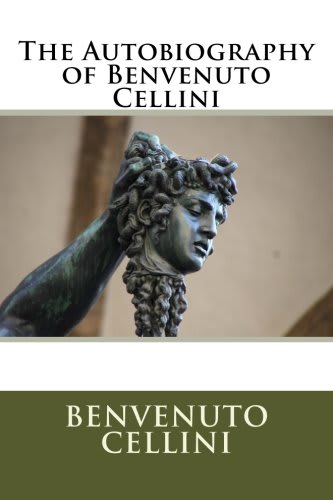
The Italian Renaissance from My Perspective and in its Own Words
The Italian Renaissance still resonates in the modern world. It provided some of the greatest art of the West, with painters, sculptors, and architects, such as Michelangelo, Raphael, Leonardo da Vinci – and so many others – representing the traditional apogee of our shared culture. It was also an age of constitutional experimentation, reflecting the diversity of political institutions in Italy, from republican Florence and Venice to despotic Milan and Mantua to the theocratic absolute monarchy of the papacy. This diversity was often the cause of war and tension, but it also stimulated thinkers and statesmen, such as Machiavelli and Guicciardini, to speculate on what would be the best recourse for their time and ours. The Italian Renaissance also largely invented the ideal of the self-created, autonomous individual, actively defining him – or occasionally herself on a stage observed by others as exemplars of the dynamic world of self-fashioning. This is perfectly illustrated in Castiglione’s Book of the Courtier, which became not only one of the Renaissance’s best-selling and most-read texts but also a model of self-improvement and human agency. Creation was both personal and professional. Giorgio Vasari’s Lives of the Artists provided both the beginnings of the discipline of art history and a personal assessment of the relationship between great art and individual personalities. Of those personalities, we still marvel at the life and experience of Benvenuto Cellini, as told by himself in his remarkable autobiography. It celebrates his own character in all of its various aspects in his own words. And it is a perfect example of self-creation, as his persona in the autobiography is largely self-created and self-serving. It is manifestly not all true; but this is the image of himself he wanted posterity to remember, proving again how autobiography has always been a subdiscipline of fiction.
Read more...
Read less...
